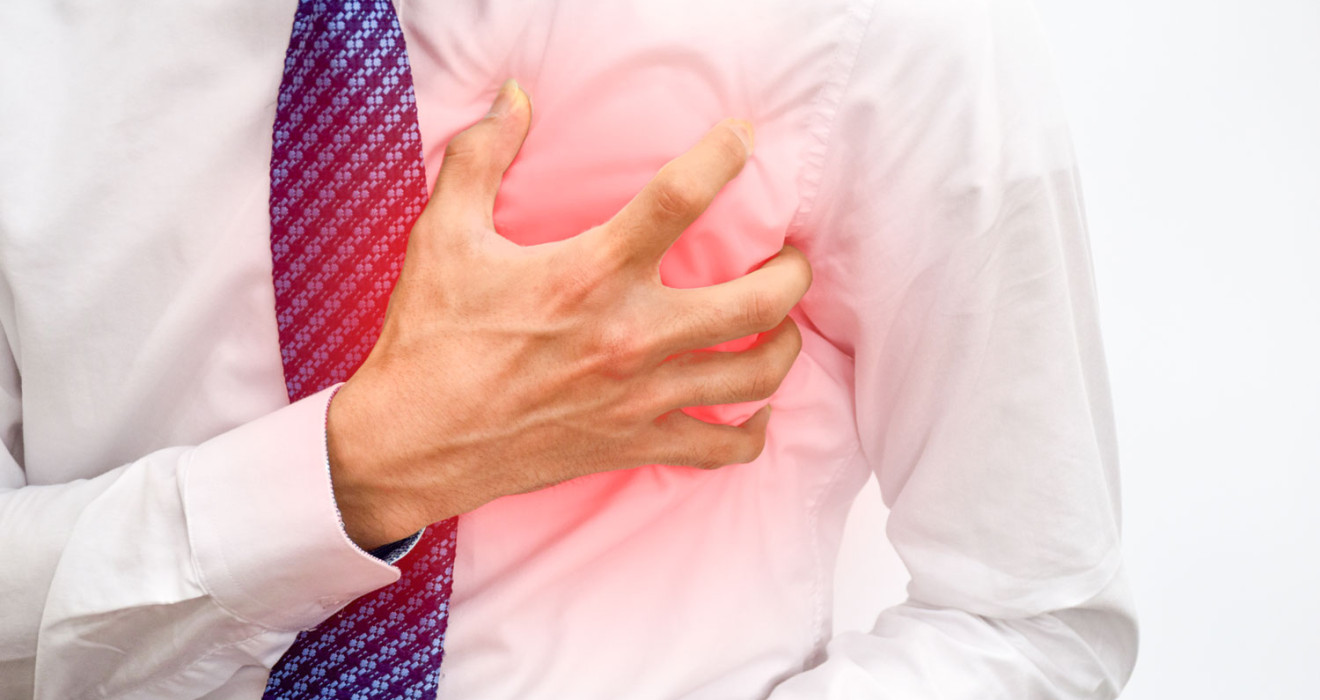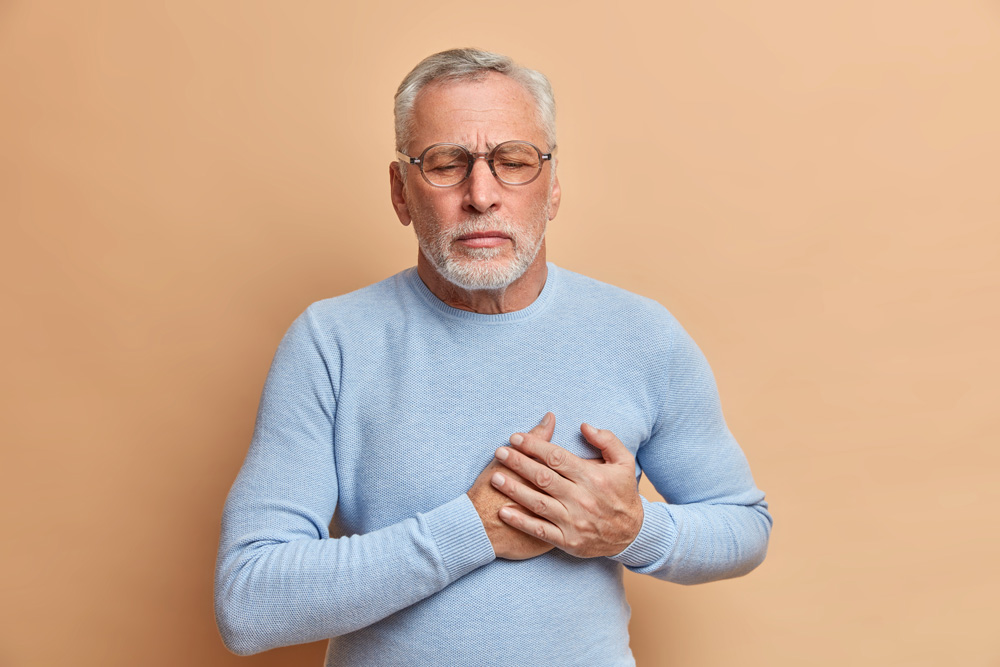
Chest Pain
Chest pain is the pain, burning feeling or aching in the chest. It can be caused by too many reasons, such as heart, respiratory, digestive, nervous system, chest trauma, and pain in the chest muscles or bones. Therefore, chest pain cannot be treated without a diagnosis. Consequently, it is imperative to consult a doctor when you feel pain in your chest.
What Causes Chest Pain?
There are many factors to answer the question of what causes chest pain. These factors are:
- Heart problems
- Respiratory system problems
- Psychological reasons
- Gastrointestinal causes such as reflux and ulcers
- Musculoskeletal problems such as shoulder pain, neck pain
What Are the Symptoms of Angina Pectoris?
The symptoms of angina pectoris are:
- Fatigue
- Restlessness
- Sweating
- Air hunger
- Palpitations
- Pain in the middle or left side of the chest
- Increasing signs of breathing, movement or physical activity
- Pain in the thoracic wall, shoulder, neck, arm or teeth
How To Diagnose:
The factors that cause chest pain can be diagnosed by the following methods:
- Physical examination: Your doctor will examine you and evaluate where and how angina pectoris is felt, other symptoms accompanying the pain, and any past health problems.
- EKG (Electrocardiography): This test measures the heart's electrical activity and detects the presence of rhythm disturbances. It can also provide some signs that may indicate a cardiovascular problem.
- Chest X-ray: With X-ray, cardiac dilatation, lung evaluation and evaluation of bone structure are provided. In this way, it can reveal some problems that may cause it.
- Echocardiography: It provides visualization of your heart's inner surface and movements with ultrasound equipment.
- Chest tomography: This test provides more detailed chest X-ray images.
- Pulmonary function test: It measures your ability to breathe and exhale. In this way, it can reveal respiratory problems that may cause chest pain.
- Coronary angiography: It displays the inner surface of the coronary arteries and the presence of atherosclerotic plaques.
What Are the Types of Chest Pain?
Chest pain can leave a stinging feeling due to lung diseases. As a result of heart-related conditions, it can also be felt in the form of pressure on the front of the chest. The pain felt may be related to the gastrointestinal or musculoskeletal system.
Especially people who have problems such as early menopause, smoking, family history, hypertension, diabetes, stress, and weight should care when they feel pain in their breasts.
It can be experienced early in pregnancy and is generally harmless. Pain during pregnancy may be due to changes in breast tissue, hormonal changes, breast pain, and enlargement.
What Are the Heart-Related Causes of Chest Pain?
Heart-related causes of chest pain are:
- Heart attack
- Angina: Angina pectoris is caused by the weakening of blood flow due to partial obstruction of the vessels feeding the heart.
- Aortic dissection: It is the rupture of the main artery that comes out of the heart and is called the aorta.
- Pericarditis: It is the inflammation of the membrane surrounding the heart, called the pericardium.
- Myocarditis: Inflammation of the heart muscle.
What is the Relationship Between Chest Pain and Heart Attack?
There is a close relationship between chest pain and heart attack. Chest pain is one of the symptoms of a heart attack. It usually manifests with continuous or intermittent pain in the front of the chest, behind the chest, shoulders, neck, jaw or wrists.
Especially if pain occurs with additional symptoms such as shortness of breath, cold sweats, weakness or fainting, the probability of a heart attack is high.
What are the Treatment Methods for Angina Pectoris?
Treatment methods for cardiac angina pectoris are as follows:
- Medical treatment: Drugs such as aspirin, nitroglycerin, beta-blockers, ACE inhibitors, and statins can be used.
- Surgical treatment: Depending on the heart vessels' stenosis, surgical methods such as coronary artery bypass surgery can be applied.
- Percutaneous coronary intervention (PCI): It can be treated with a balloon and stent.
- Guideline therapy: Guideline therapy methods such as lifestyle changes, healthy eating, and regular exercise can be applied. It is a treatment method to be applied in addition to other treatments.
- Psychological Treatment: Psychological treatment methods such as therapy and antidepressant drugs can be applied. It has its place as a supportive treatment, not as a stand-alone treatment.
In Which Cases Should You See a Doctor?
In the matter of cardiac angina pectoris, a cardiologist should be consulted immediately. In case of pressure, squeezing, burning, discomfort, or pain radiating to both arms, especially the left arm, that does not go away within minutes, a physician should be consulted immediately. In case of intermittent and short-term pain, you should consult a cardiologist as soon as possible.
Frequently Asked Questions
-
Angina pectoris is usually caused by heart problems. While some pains may be a sign of a possible heart attack risk, pain in the middle of the chest may occur in diseases such as aortic dissection, myocarditis, pericarditis, and stomach problems.
-
Factors that cause left chest pain are as follows:
- Heart problems
- Lung problems
- Digestive system problems
- Musculoskeletal problems
- Psychological problems
-
Heart pain can occur for many different reasons. However, to distinguish the symptoms of heart pain from the symptoms of other pains, it is important to pay attention to the following points:
- Location: Heart pain is usually felt in the anterior chest, back of the chest, left shoulder, jaw, or left wrist. Sometimes it can spread to the left arm.
- Severity: Heart pain usually occurs continuously or intermittently and varies in severity.
- Additional symptoms: Heart pain usually occurs with additional symptoms such as shortness of breath, sweating, weakness, palpitations or fainting. If there is a change in intensity with a shift in position or pain with pressing, the probability of heart pain is less.
- Cause: Heart pain usually occurs after physical activity, stress or eating.
-
Heart attack symptoms are as follows:
- Angina pectoris
- Air hunger
- Cold sweat
- Weakness, fainting and palpitations
- Nausea or vomiting


